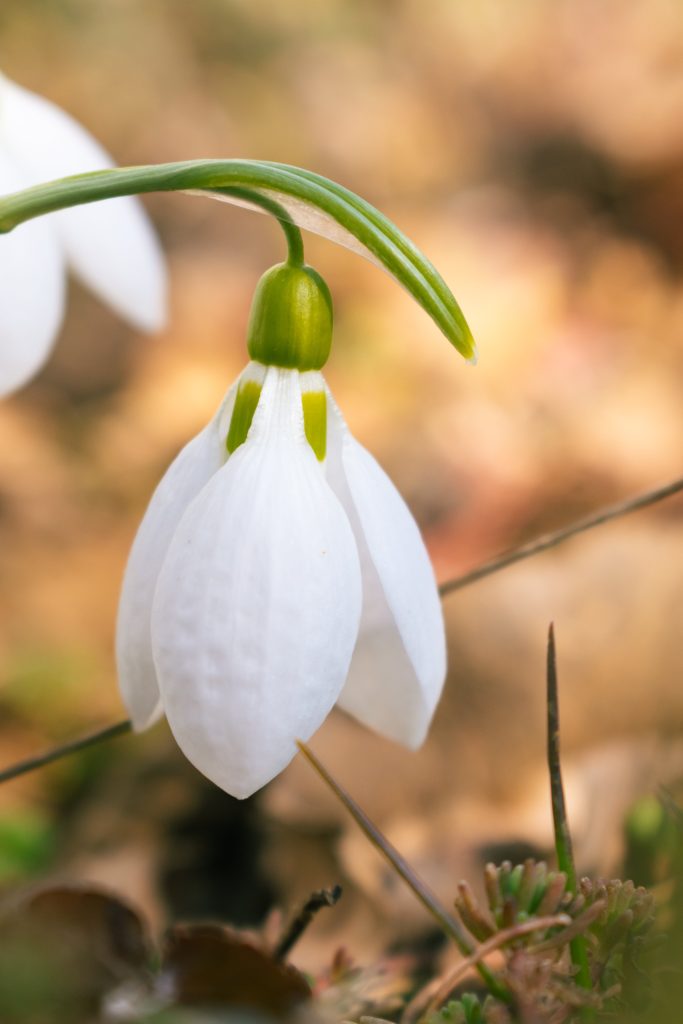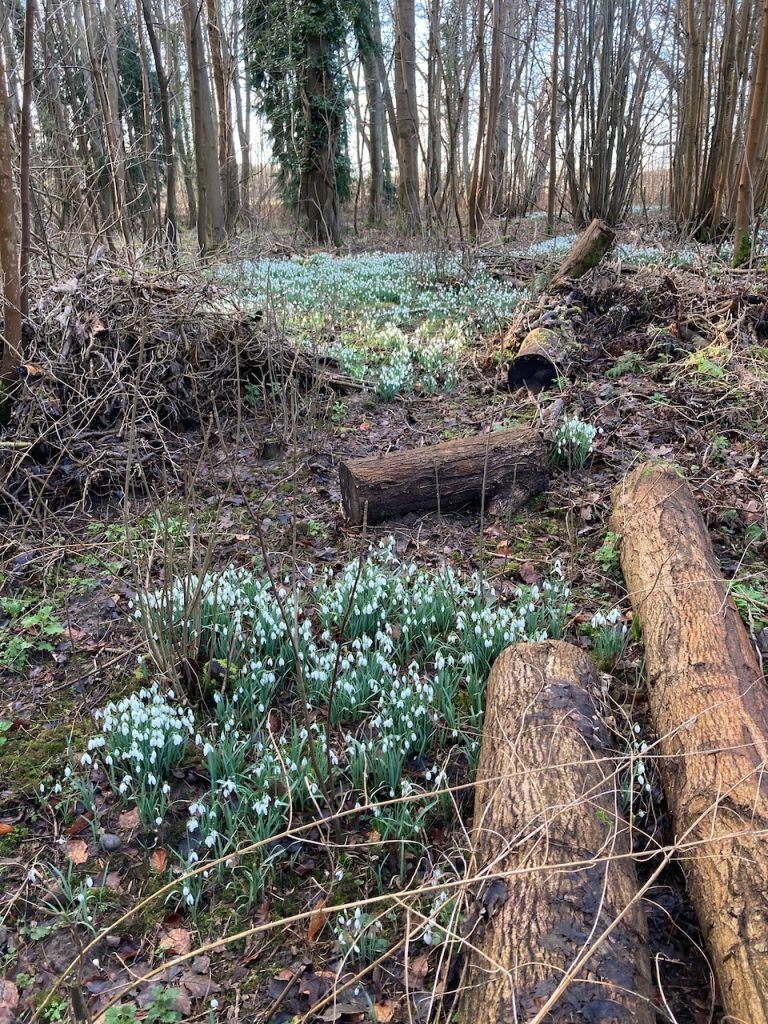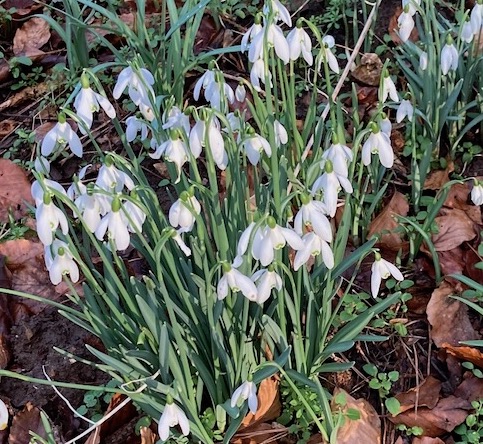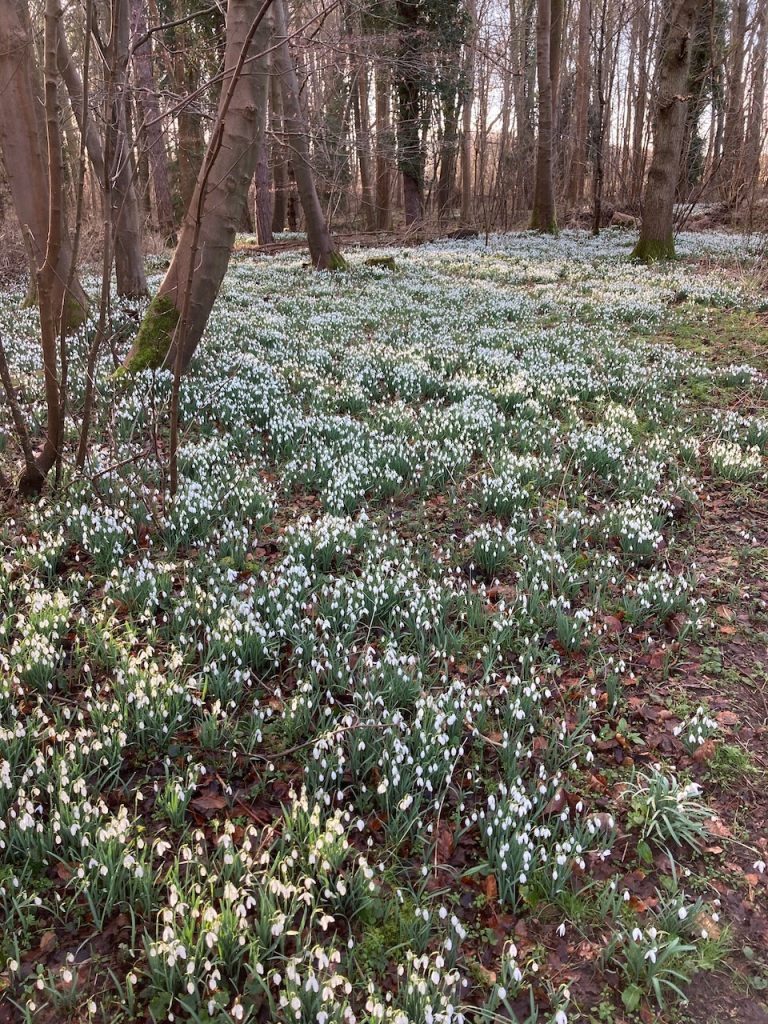The Vernal Equinox ushers in a joyful time of growth, rebirth and renewal. With luck, the weather will be turning. The cold gloom of winter will be a memory. Thoughts will turn to the fresh new green foliage bursting forth on the hedgerows and there’ll be a real sense of warmth in the sunlight.

This year, Easter peeps around the corner. Beautiful hellebores seem to have a foot in both winter and spring; their alternative names are Christmas Rose or Lenten Rose, perhaps because they flower copiously throughout both seasons. Olive trees now put on fresh vigorous growth. Once it was a tree that could only be grown with tender care in our fickle climate but now they seem to thrive, even if their fruit is not always evident.

The Hellebore gets its name from the Greek and a literal translation gives us ‘injures food.’ The Greeks used the plant as a poison – in food, and by adding it to a besieged city’s water supply. It holds a shadowy place in the flower world – half in spring, half in winter. Legend suggests that it sprang from the tears of a young girl who visited the Christ child at his birth but who had no gift to offer. As her tears fell, these beautiful white flowers sprang into being.

Another legend claims that witches used the hellebore for flying and making themselves invisible. They would grind the flower into a powder, walk in it – and disappear! An ointment created from hellebore and fat, rubbed into the skin, would enable a witch to fly… or, at least, to believe that they might do so.

But the hellebore also stands for hope. It blooms in the dark of winter to remind us that spring will come and no matter how tough life might be there is something stronger pushing back.

Olive trees are just as fascinating. Fossil evidence suggests that the olive has existed on our planet for between twenty and forty million years. Many ancient specimens exist – indeed it’s quite possible that some of the gnarled old trees in Gethsemane would have witnessed the agony of Christ in the garden just before his trial and crucifixion. The Hebrew word gatshmanim means ‘oil press’ and the name ‘Gethsemane’ means ‘garden with the olive press.’ Olive oil was used for cooking, for providing light and for anointing – it has long been held sacred and of great value.

It was an olive twig that the dove brought to Noah at the end of the great flood – ever since sprigs of this beautiful tree have been emblems of peace and reconciliation.

One guidebook for the Holy Land describes an olive orchard like this:
The lightest breeze crowns the olive trees with a silver halo that moves like a wave of light over the trees as the wind inverts the leaves. The underside of each olive leaf is covered with tiny whitish scales, while its upper side is green. When the wind rustles the leaves of the olive tree, this contrast of shades produces a unique silvery sheen. The light of the olive tree itself, together with the clear white flame produced by burning olive oil, made the olive the symbol of ‘light of the world,’ a symbol that helps explain Zechariah’s vision of the menorah.’
Look around you as spring advances and delight in all the signs of fresh growth and new life.















